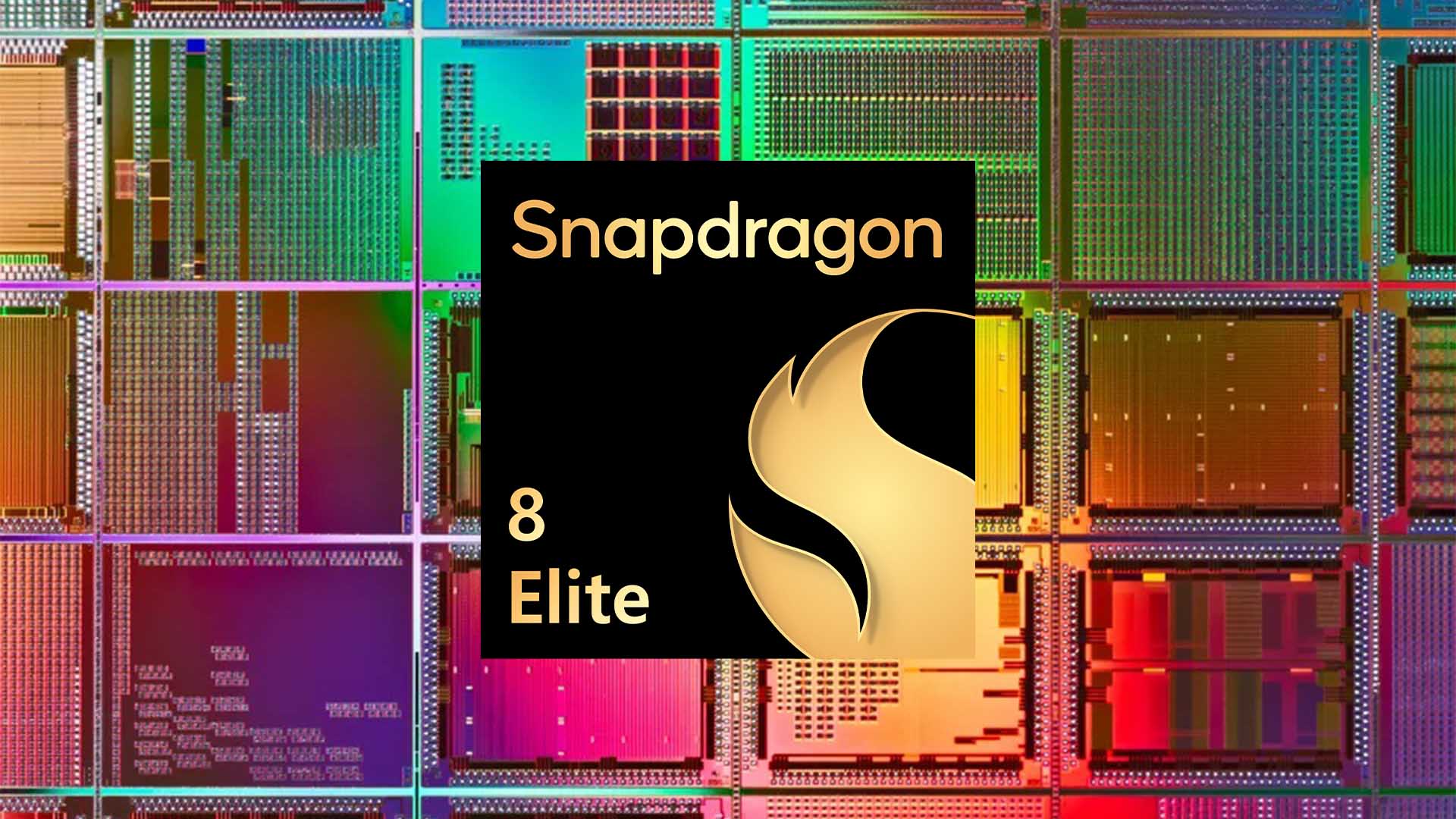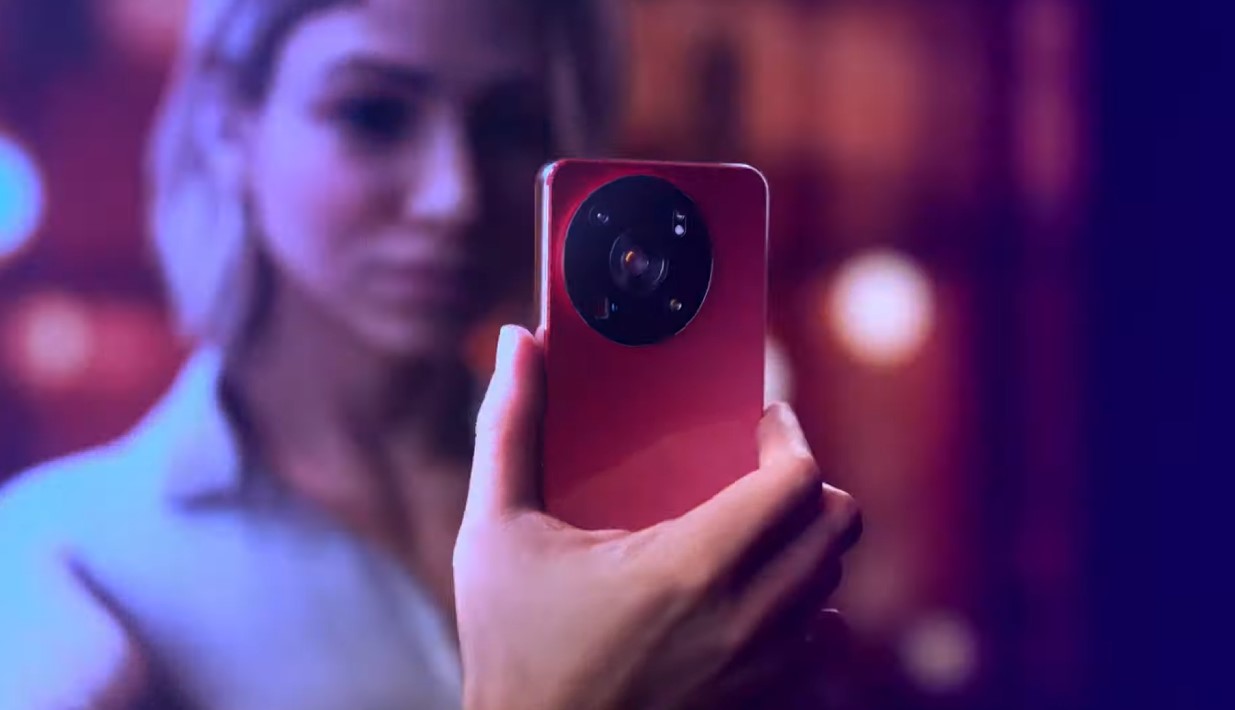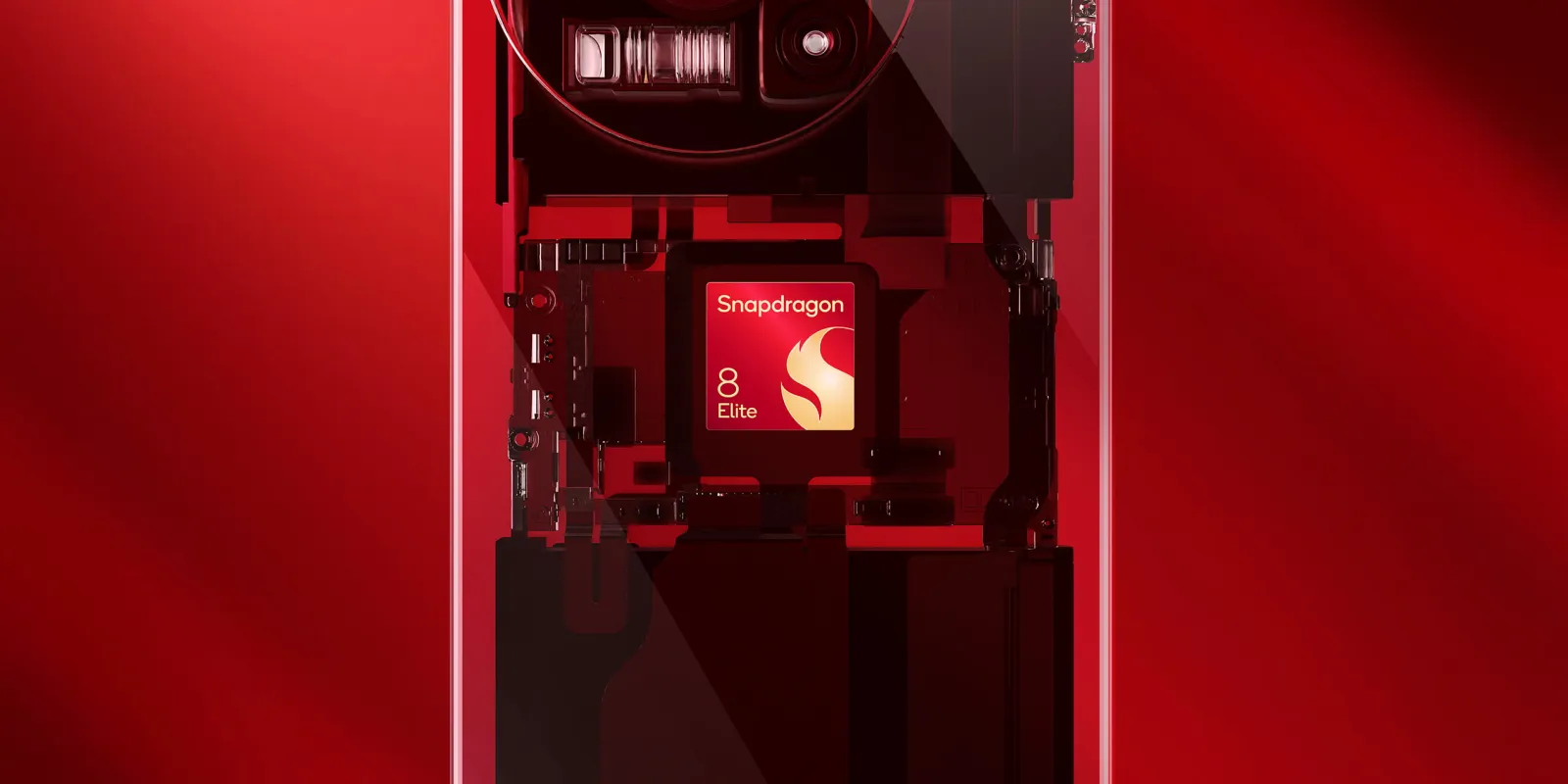Qualcomm is poised to set a new standard in mobile technology with its upcoming Snapdragon 8 Elite, promising a transformative impact on the future of Android smartphones. The integration of ultra-wideband (UWB) directly into the chipset marks a significant shift in how Android devices will handle near-field communication, paving the way for innovative applications like digital car keys and enhanced device tracking.

A Closer Look at Snapdragon 8 Elite’s Innovations
The Snapdragon 8 Elite chipset is not just about incremental upgrades; it’s a leap forward in mobile technology. Boasting the FastConnect 7900 platform, this chip integrates UWB capability directly into its framework. This move by Qualcomm simplifies the manufacturing process for Android device makers by eliminating the need to include separate UWB hardware. A Qualcomm representative highlighted the efficiency of this integration, stating, “FastConnect 7900 is a single-chip 6nm solution. OEMs do not need to add any extra UWB hardware.”
This streamlined approach is likely to foster wider adoption of UWB technology among Android manufacturers, potentially bringing it to mainstream models such as the anticipated Samsung Galaxy S25 and Flip 7.

The Strategic Shift to UWB Technology
While UWB technology is not new, its inclusion in the Snapdragon 8 Elite signifies a strategic shift towards more robust connectivity options in Android devices. Traditionally, UWB has been underutilized in Android phones, mainly due to the lack of available hardware. However, with Qualcomm’s new chipset, UWB can now facilitate precise, close-range communication tasks like operating digital car keys through Google Wallet, and pairing with Find My Device trackers.
Android Authority notes that the incorporation of UWB into the Snapdragon 8 Elite chipset could herald a new era for Android devices, providing them with capabilities previously limited to competitor platforms. This development is seen as a potential game-changer, enabling new applications and services that leverage the precise location and spatial orientation capabilities of UWB.
Comparing the Competition: Qualcomm vs. MediaTek
The release of the Snapdragon 8 Elite comes at a time when competition in the chipset market is fierce. MediaTek’s Dimensity 9400 has already made significant inroads, being adopted by numerous manufacturers for its performance and features. The question that remains is how Android device makers will respond to Qualcomm’s latest offering and whether Snapdragon 8 Elite can sway the market back in Qualcomm’s favor.
Despite the strong competition, the introduction of built-in UWB technology by Qualcomm could set a new standard, pushing other chipset manufacturers to follow suit. This would not only enhance the capabilities of Android phones but also improve the interoperability of devices across the ecosystem.

As Qualcomm’s Snapdragon 8 Elite prepares to hit the market, its impact on the future of Android phones is undeniable. By making UWB technology more accessible, Qualcomm is not just upgrading its chipset; it’s changing how users will interact with their devices. As we look towards the future, the introduction of UWB on Qualcomm’s flagship chip might just be the beginning of a broader trend in mobile technology, promising exciting possibilities for users and developers alike.









